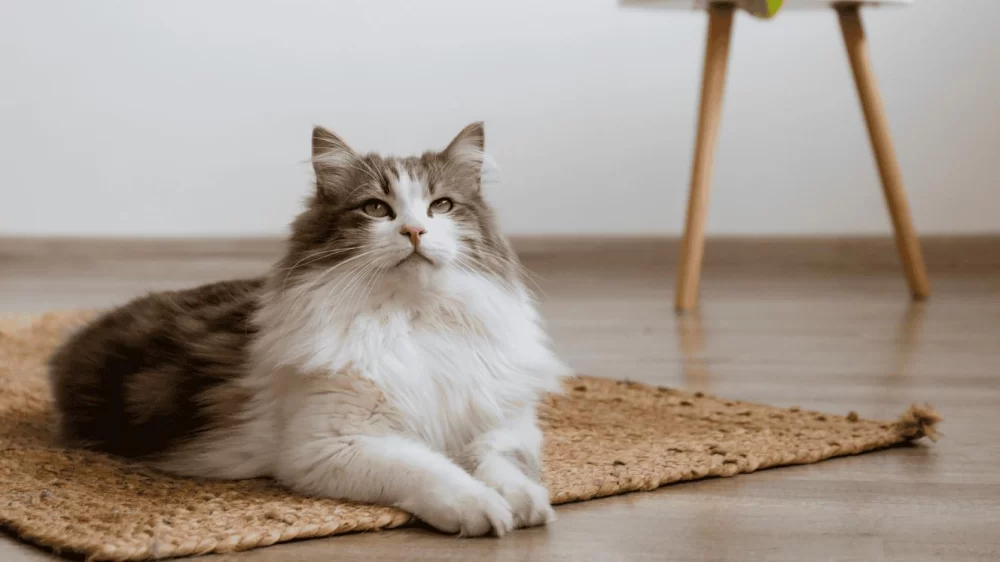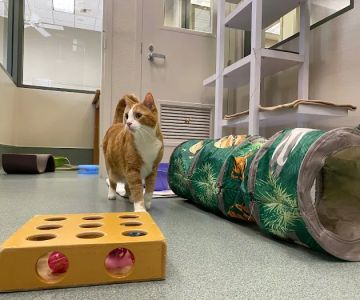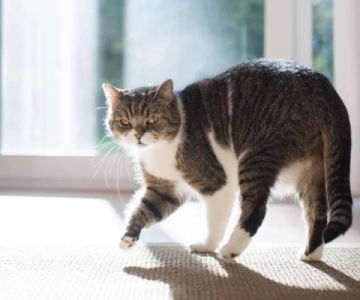- Why Cats Avoid Certain Pets
- Understanding Cat Behavior
- Tips for Managing Cat Avoidance of Other Pets
- Recommendations from Hidden Brook Veterinary
Why Cats Avoid Certain Pets
Anyone who has had both cats and other pets, like dogs or small animals, might have observed that cats sometimes avoid contact with certain pets. This is a common behavior and can occur for various reasons, such as fear, territorial instincts, or previous negative experiences. Understanding these behaviors is the first step in ensuring that your pets can coexist peacefully in your household.
Understanding Cat Behavior
Cats are known for their independent and sometimes elusive nature. When they avoid other pets, it's often a result of their natural instincts. Cats can be sensitive to their environment, and any change or perceived threat might trigger avoidance. For instance, cats often see themselves as territorial creatures. If a new pet is introduced to their space, especially one that is larger or more energetic, it may cause stress or anxiety in the cat, leading to avoidance.
Moreover, cats may have had negative experiences with specific pets. If a cat was once attacked by a dog or had an unpleasant encounter with another pet, it might associate all similar animals with danger, prompting them to avoid any interactions. These learned behaviors can make it more challenging for the cat to engage with certain pets, even if no harm is intended.
Tips for Managing Cat Avoidance of Other Pets
If you're dealing with a cat that avoids other pets in your home, there are several strategies you can use to help them adjust and reduce their stress levels. Here are some practical tips:
- Introduce Pets Slowly: Whether it's a dog or another cat, ensure a gradual introduction. Start by allowing them to sniff each other through a closed door or gate and slowly increase their time together under supervision.
- Provide Safe Spaces: Cats need their own space where they can retreat when feeling threatened or overwhelmed. Providing a private, quiet area for your cat can help reduce stress and create a safe environment for them to observe other pets from a distance.
- Use Positive Reinforcement: Reward your cat with treats and praise when they exhibit calm behavior around other pets. This reinforces positive associations and can help ease their fear or anxiety.
- Monitor Body Language: Be observant of your cat's body language. If they are showing signs of fear or aggression, such as hissing, arching their back, or swatting, separate them immediately and try again later. It’s essential not to push the interaction too quickly.
Recommendations from Hidden Brook Veterinary
At Hidden Brook Veterinary, we understand how important it is for your pets to live harmoniously under one roof. If your cat is avoiding other pets, we recommend seeking professional guidance if the behavior persists or worsens. Our team can assess your cat's behavioral patterns and help you develop a tailored approach to managing pet interactions in your home. With the right care and attention, even the most aloof cat can learn to coexist with other pets.
In some cases, there may be underlying medical issues that contribute to a cat's reluctance to interact with other animals. If you notice that your cat's avoidance is accompanied by other signs of distress, such as changes in eating habits or excessive grooming, it's best to consult with a vet for a thorough examination.
At Hidden Brook Veterinary, we are dedicated to providing the best care and advice for all your pet-related needs. Whether you're dealing with behavioral issues or seeking general health advice, we are here to help ensure the well-being of your pets.
```











